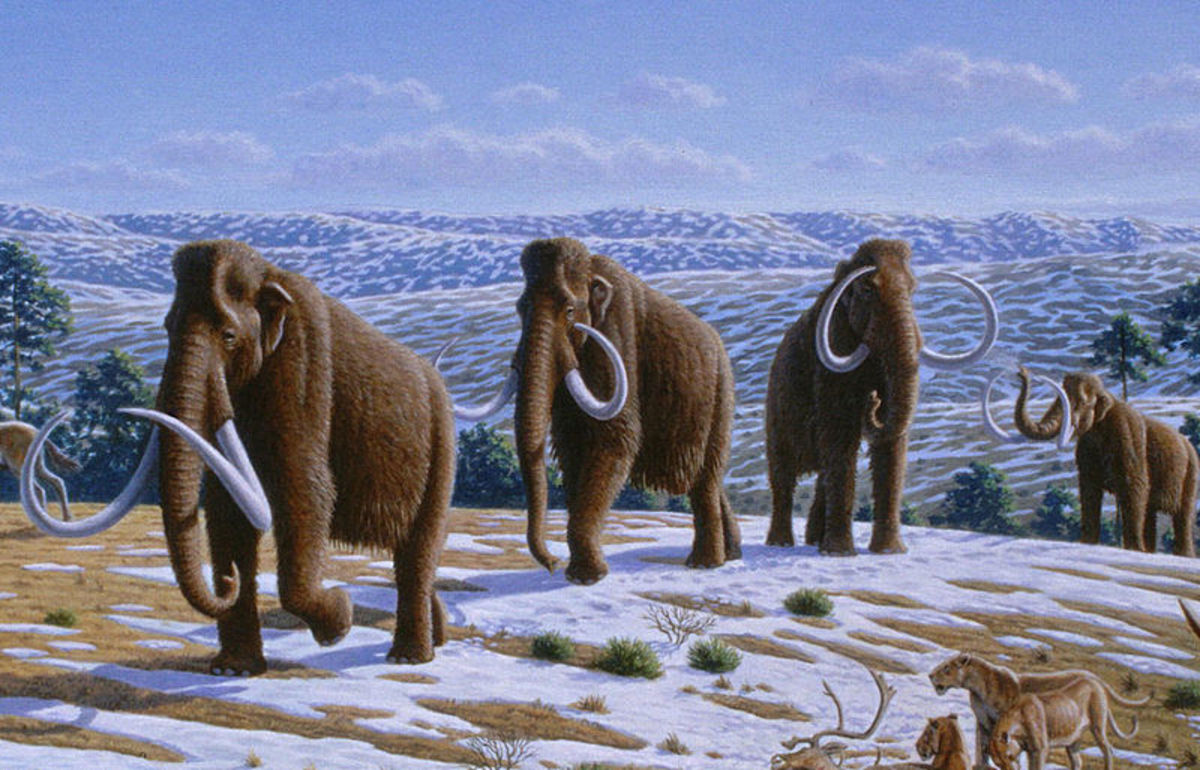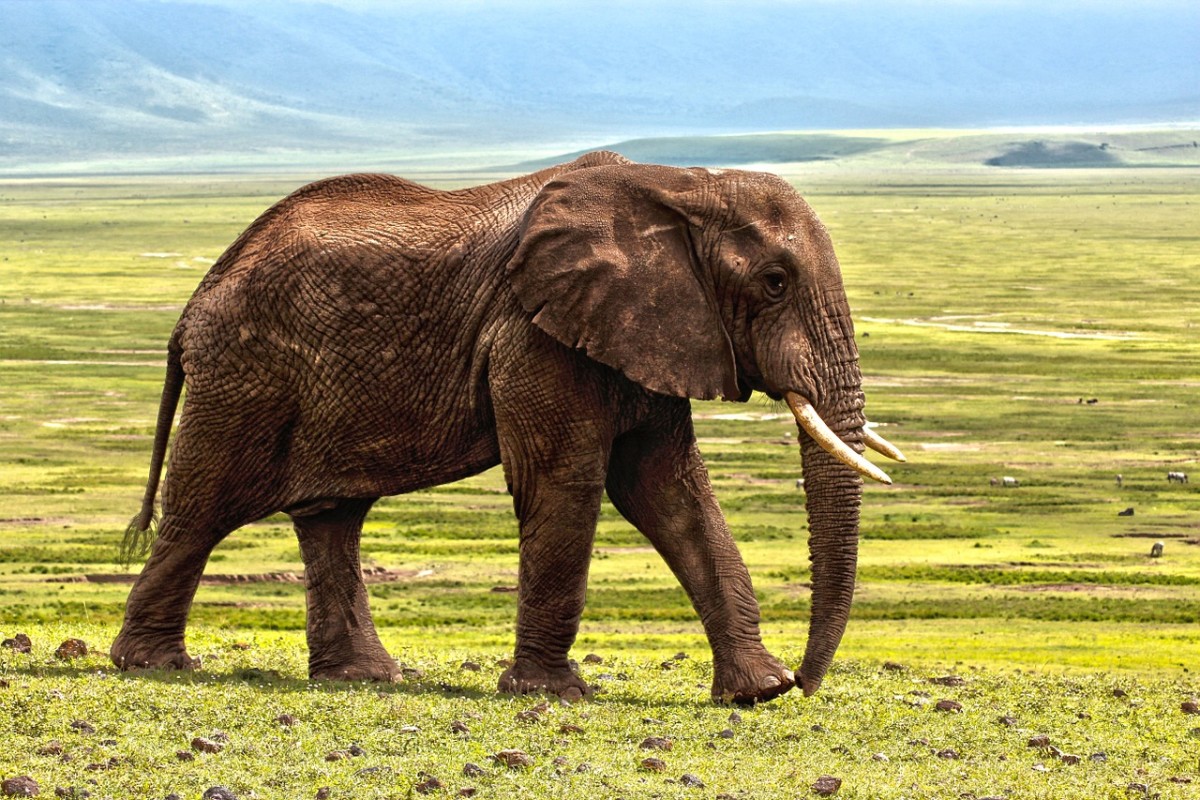Asian Elephant
Scientific Name: Elephas maximus
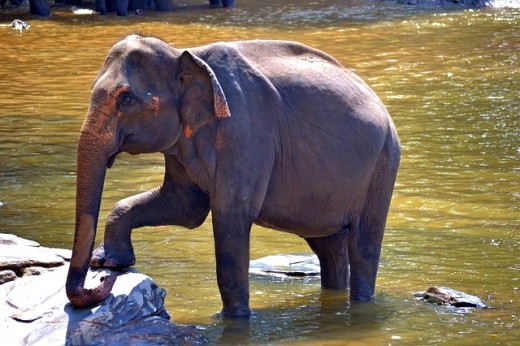
My Favorite Asian Elephant Links
- Elephant Facts
Elephant Facts and Information. Feeding, habitat, distribution, reproduction, anatomy and more. Facts about the African Elephant and the Asian Elephant and the conservation efforts made to preserve Elephants. - Asian Elephant
The Asian Elephant is the smaller of the two known species of them. However, that doesn't mean that they aren't very large by any means. They can weigh as much as 11,000 pounds and they can grow as much as 12 feet tall. The males end up being larger
Asian Elephant
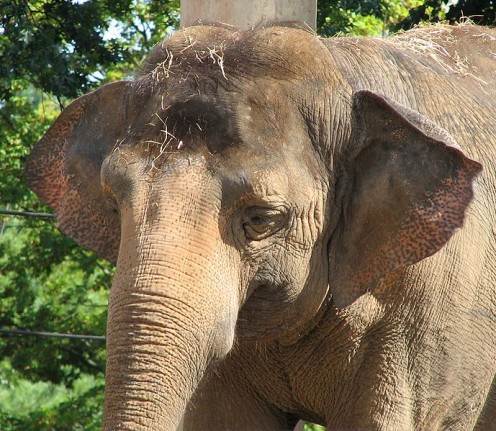
Asian Elephant Description
The Asian Elephant is a well known animal but also one that has a future that is uncertain. They aren’t the largest elephants out there but they are among the largest. The males can measure about 12 feet in height and tip the scale close to 11,000 pounds. While the females are smaller they are quite large animals just the same.
In a zoo setting the easiest way to tell the difference between them and the other species is that these ones have a smaller size and smaller ears. They also have a lighter color of gray to them. You may find it interesting to learn that only the males are able to grow tusks for this particular species. That gives them an advantage over the females as they are able to dig for water and to peel bark from trees with them. Another common use is for when they fight against other males.
Asian Elephant Anatomy
Even though the skin of these animals is very thick to protect them from things in their environment, it doesn’t protect them from the sunlight. A common activity you will see them engaged in is to toss water or dirt on their backs. This process is one that will help them to remain cool. They also flap their ears in an effort to keep their body temperature regulated. They will flap as needed to help them with this process so they don’t even need to think about it.
The trunk is interesting looking and one of the things that sets the elephants apart from other animals. This trunk offers them many abilities including taking in air, smelling, getting water, picking up dirt, and grasping items from the ground. If you look at the end of it you will see something similar to the design of a finger. They use this to grasp as we use our hands. Their trunks are very powerful and they have more than 100,000 muscles that allow it to perform all of these functions.
Many people wonder how an animal so large is able to successfully move around. The design of their powerful legs allows them to distribute their weight from side to side as they walk. They may be slow moving but can cover a large amount of ground in any given day.
Asian Elephant
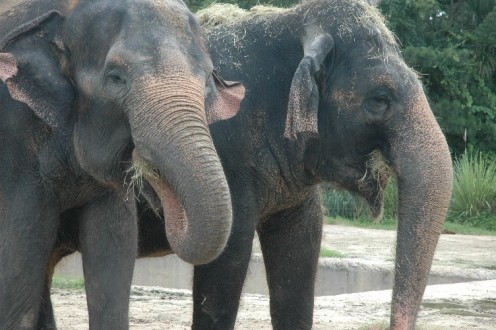
More Animal Sites
- Hippopotamus Facts and Information
Hippopotamus Facts and Information. Feeding, habitat, distribution, reproduction, anatomy and more. Facts about the Common Hippopotamus, the Pygmy Hippopotamus and more and the conservation efforts made to preserve hippopotamus - Giraffe Facts and Information
Giraffe Facts and Information. Feeding, habitat, distribution, reproduction, anatomy and more. Facts about Giraffe Species and conservation - Tiger Facts and Information
Tiger Facts and Information. Feeding, habitat, distribution, reproduction, anatomy and more. Facts about Species like the Siberian Tiger, Bengal Tiger, Sumatran Tiger and many others.
Asian Elephant Evolution
It is believed that the Asian Elephant has been around for more than 60 million years. However, the exact process that they have gone through in order to form as we know them today is unknown. What is interesting is that they are very close in DNA to the mammoths. Is it possible that the mammoth didn’t die but simply evolved?
Asian Elephant Behavior
The Asian Elephant is believed to be one of the most intelligent of all animals out there. Unfortunately that has led to the them being trained for circus acts and used as work animals. Many people don’t believe in this process but it continues to occur. The females are the most likely to be used because they tend to show less signs of aggression than the males. If they are treated well they often do an exceptional job. It is when they are treated poorly though that they can become aggressive and attack.
They are very good at communicating and a great deal of time has been spent observing them in regards to both their verbal and non-verbal efforts. They make plenty of different sounds and the meaning of them can also change depending upon pitch that is used. There is still plenty we don’t understand completely though of their communication efforts.
The males tend to be loners except for when they are looking for mates. Sometimes the young bulls that have recently left a herd will form what is called a bachelor herd. The females form very tight knit groups and they thrive on their interactions with each other. They have been observed having fun, helping to care for the young of others, and also being serious in nature when they have to in order to survive.
The fact that they are very intelligent and have excellent hearing means other types of grass eating animals stay around them. This includes buffalo, deer, and antelope. They do so in order to benefit from the senses that the Asian Elephants have. If they can give early warming of danger than it increases the chance that these other animals can get away from predators as well.
Asian Elephant Habitat
As you can likely tell from their name, these elephants are only in the wild in the area of Asia. Yet they are very spread out as they have been noted in the areas of India, Bangladesh, Sri Lanka, Indochina, and Indonesia.
Interesting Sites...
- Gorilla Facts
Gorilla Facts and Information. Feeding, habitat, distribution, reproduction, anatomy and more. Facts about species like the Eastern Gorilla and Western Gorilla. Also the conservation efforts made to preserve Gorillas. - Asian Elephant Calf - Facts and Information - The Portal of Life
Facts and Information about Asian Elephant Calf. Asian Elephant Calf Description, Behavior, Feeding and Reproduction.
Asian Elephant Feeding Habits
They have great appetites that require them to continue moving all day long in order to get enough food. What is very interesting is that they don’t stand there and continually feed in one area only. They move on and that means they can eventually return to that same location to feed again at a later time.
Just how much each of these elephants consumes on a daily basis varies depending on their size. Those that are full grown or that are nursing young can easily need as much as 600 pounds daily in order to thrive.
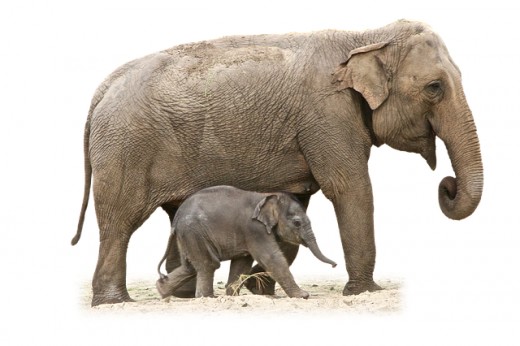
Asian Elephant Reproduction
These animals are very slow when it comes to their reproduction habits. They tend to wait until they are very mature later on in life before they will mate. This can be close to 35 years of age for the females and as much as 50 years of age for the males. It isn’t known why they mate so late in life though as they are mature much younger than that. They can take part in mating at any time but they have to give off scents to attract the other sex. This generally will occur when they are getting plenty to eat so when food is scarce they will be less likely to end up mating at that time.
After successfully mating the female will carry her young for about 22 months. This is a very long time compared to most land animals that give live birth. She will give birth while standing up and her young will be able to walk within a couple of hours. They spend several years caring for their young which is another reason why they don’t mate very often.
- Facts about Pollution | Effects of Pollution
Pollution Facts and Information. Effects of Pollution in the Environment
Asian Elephant Predators
For the most part it is true that these elephants don’t have any real predators. The risk is generally for the younger ones that are too weak to keep up with the herd or they tend to wonder off. With so many females trying to protect them though they can often keep them alive until they are large enough that predators won’t bother to consider them to be something to consume.
Humans can create huge problems for the Asian Elephant though based on the fact that they have been heavily hunted. The poachers will kill them to take their ivory tusks and then leave the remains of them behind. Sometimes they will kill entire herds of them to prevent the remaining ones from attacking later on.



